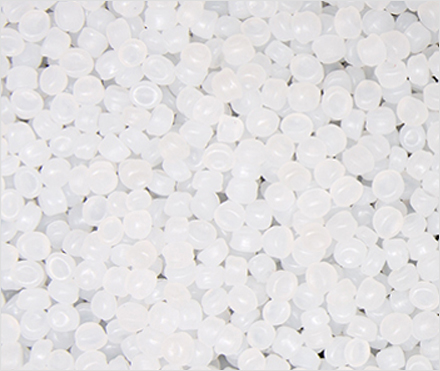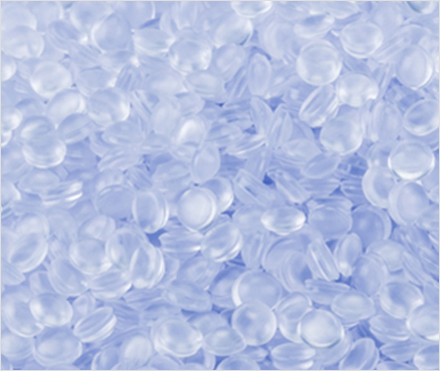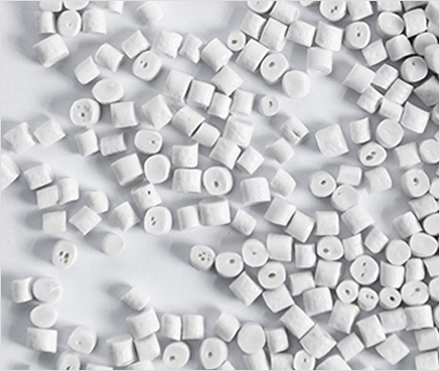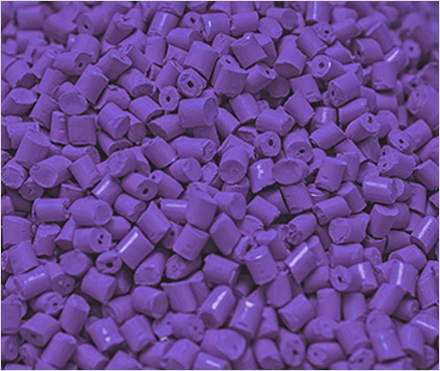In the world of elastomers, TPEE (Thermoplastic Polyester Elastomer) and TPE (Thermoplastic Elastomer) are two popular materials known for their versatility and unique properties. Both materials are used in a wide range of applications, from automotive components to consumer goods. Understanding the differences between TPEE and TPE is essential for selecting the right material for specific applications. In this article, we'll introduce what TPEE is and compare it with TPE, highlighting their key differences.
Thermoplastic Polyester Elastomer (TPEE), also known as thermoplastic copolyester, is a versatile polymer that combines the advantageous properties of both polyester and elastomers. TPEE is a type of thermoplastic elastomer (TPE), which means it exhibits the characteristics of both thermoplastics and elastomers. Here’s a detailed look at what makes TPEE unique and its key properties and applications.
TPEE Composition and Structure
TPEE is composed of alternating segments of hard and soft blocks. The hard segments are typically made from polyester, which gives TPEE its strength and thermal resistance. The soft segments are usually made from polyether or polyester, which impart flexibility and elasticity to the material. This block copolymer structure allows TPEE to exhibit both the rigidity and strength of thermoplastics and the flexibility and elasticity of elastomers.

Microbial-resistance TPEE in ATP Polymer
Automotive Industry: TPEE is used in the manufacturing of various automotive components such as airbag covers, cable jackets, and hoses due to its durability and resistance to chemicals and heat.
Consumer Goods: Items like power tools, sporting goods, and footwear often incorporate TPEE for its flexibility, strength, and abrasion resistance.
Industrial Applications: TPEE polymer is used in industrial machinery parts, conveyor belts, and other components that require high wear resistance and durability.
Electronics: In the electronics industry, TPEE is used for connectors, insulators, and other parts that benefit from its thermal and electrical resistance properties.
Medical Devices: Its biocompatibility and resistance to sterilization processes make TPEE suitable for certain medical devices and equipment.

High Temperature-resistance TPEE in ATP Polymer
Thermoplastic Polyester Elastomer (TPEE) and Thermoplastic Elastomer (TPE) are both valuable materials used across various industries, but they have distinct properties that make them suitable for different applications. Here are the four most important points to understand the differences between TPEE and TPE:
1. Mechanical Strength and Durability
TPEE has High Mechanical Strength. TPEE offers superior tensile and tear strength, making it ideal for applications requiring high durability and the ability to withstand mechanical stress.
Durability: Its robust nature ensures long-lasting performance in demanding environments, such as automotive components and industrial parts.
TPE material has variable strength and is versatile. The mechanical strength of it can vary significantly depending on its formulation. Some types, like TPVs (Thermoplastic Vulcanizates), offer good strength, while others, like SBCs (Styrenic Block Copolymers), are softer and less durable. TPE's varying strength allows it to be used in a wide range of applications, from flexible consumer goods to medical devices.

Super Soft TPEs in ATP Polymer
2. Flexibility and Elasticity
TPEE has good flexibility and elasticity: TPEE combines flexibility with its high strength, allowing it to be used in applications where both properties are essential. It maintains its shape after stretching or compressing, making it suitable for parts that undergo repeated deformation.
TPE for sale has high flexibility and elastic nature. It is generally more flexible and softer than TPEE, making it comfortable to use in applications like grips, seals, and flexible connectors. TPE’s excellent elasticity makes it ideal for products that need to return to their original shape after being deformed.
3. Chemical and Heat Resistance
TPEE has excellent chemical resistance. This material is highly resistant to a wide range of chemicals, including oils, solvents, and fuels, making it suitable for harsh chemical environments.
High Heat Resistance: It can withstand higher temperatures compared to many other elastomers, maintaining its properties even under heat stress.
TPE has variable chemical resistance. The chemical resistance of TPE depends on its type. While some TPEs offer good resistance, others might be less resistant to certain chemicals.
Moderate to High Heat Resistance: Heat resistance in TPE also varies. Some types can handle moderate heat well, while others, especially those designed for high-temperature applications, perform better.

High Temperature-resistance TPEs in ATP Polymer
4. Processing and Recyclability
TPEE has good processability and Limited Recyclability. It can be processed using conventional thermoplastic methods such as injection molding and extrusion, but it may require more specialized handling compared to some TPEs.Compared to TPE, TPEE has more limited recyclability, which can be a consideration for applications prioritizing environmental sustainability.
While TPE material has excellent processability and high recyclability. TPE is known for its ease of processing, making it highly adaptable to various manufacturing techniques and cost-effective for large-scale production.
| Property | TPEE (Thermoplastic Polyester Elastomer) | TPE (Thermoplastic Elastomer) |
| Mechanical Strength | High tensile and tear strength | Moderate to high strength, varies by type |
| Flexibility | Good flexibility and elasticity | Highly flexible and soft |
| Chemical Resistance | Excellent resistance to oils, solvents, fuels | Varies by type, generally good |
| Heat Resistance | High heat resistance | Moderate to high heat resistance, varies by type |
| Abrasion Resistance | High resistance to wear and tear | Varies by type, generally good |
| Ease of Processing | Good processability | Excellent processability |
| Recyclability | Limited recyclability | High recyclability |
| Common Applications | Automotive components, industrial parts | Consumer goods, medical devices, seals, gaskets |
| Cost | Generally higher | Varies, generally lower than TPEE |
The development of TPEE (Thermoplastic Polyester Elastomer) and TPE (Thermoplastic Elastomer) has significantly advanced the field of polymer science, providing versatile solutions for a wide range of applications. Initially, TPEs were developed to combine the processing advantages of plastics with the flexibility of rubbers, leading to their widespread adoption in consumer goods, automotive, medical, and industrial sectors. Over time, advancements in polymer chemistry have refined TPE formulations, enhancing their properties such as elasticity, strength, and recyclability.
TPEE emerged as a specialized form of TPE, designed to offer superior mechanical strength, chemical resistance, and thermal stability. This development has made TPEE a material of choice for more demanding applications, particularly in automotive and industrial environments where durability and performance under stress are crucial.
Continued research and innovation in both TPE and TPEE technologies are expanding their applications, improving sustainability through better recyclability, and optimizing performance characteristics to meet the evolving needs of various industries.